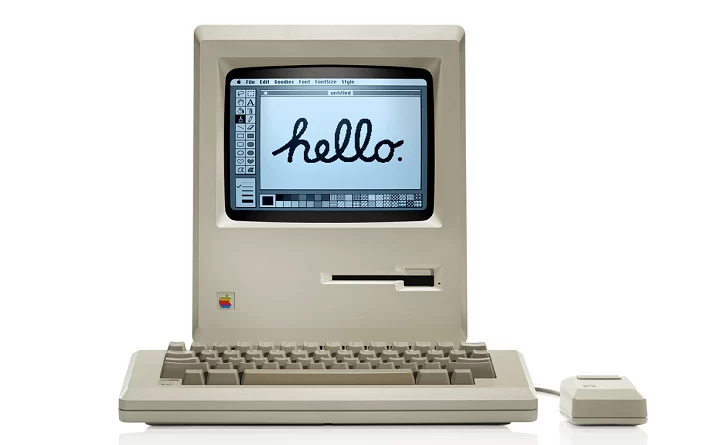The History of Apple Computer
Apple Computer was established by Steve Jobs and Wozniak in 1976, after they assembled their initial machines in their parents’ garage on Crist Drive in Los Altos, California.
Raskin wanted a computer designed for easy use by the average consumer, so he created the Apple Lisa prototype which featured a graphical user interface.
The Macintosh
The Macintosh computer was introduced in 1984 and revolutionized consumer technology. With its unique combination of hardware and software, its revolutionary user interface was the precursor of what is now standard on most personal computers – making using computers easy for even beginners – ushering in digital revolution and Information Age.
Steve Wozniak and Steve Jobs had a vision of designing an accessible personal computer. While other companies focused on complex machines, these college dropouts from Los Altos, California set out to build something anyone could use immediately: their Macintosh machine remains popular today despite its unique look.
At its launch, Apple’s Macintosh computer stood apart from other personal computers by having its own operating system – System Software (later renamed Mac OS). This allowed Apple to maintain complete control over all aspects of its product including internal systems, design and pricing as well as quick addition of peripheral devices like LaserWriter printers or telephone modems that connected to networks.
Apple launched the Macintosh with an array of ads and videos. One such ad/video series, called Evolution of a Computer, became immensely popular and still regularly reappears online in various editions. Though its producer remains unclear, one version shows then-CEO John Sculley inadvertently sharing his entire philosophy behind computing inadvertently.
Apple initially powered their Macintosh computers using Motorola 68000 series microprocessors; eventually they switched to Apple, IBM and Motorola Alliance PowerPC processors and later Intel x86 CPUs. Finally in 2001 they introduced Unix-based Mac OS X, which remains the current OS.
The iMac
Since 1998, Apple has sold their stylish all-in-one iMac computers. Designed as the ideal family computer solution without creating clutter in the home, an iMac offers speakers, microphones, a FaceTime camera, keyboard and mouse all integrated into one unit – as well as being fitted with Touch ID support that enables “Hey Siri” commands.
Apple’s latest iMac models, introduced this spring, are powered by their M1 chip – not only providing powerful CPU performance, but also helping the 24-inch model become thinner thanks to consolidating logic board components and thermals and reducing size. Furthermore, this means it can blend in seamlessly into any room setting with multiple color choices available to add that personal touch.
Of course, the real star of an iMac is its incredible 23.5-inch Retina Display which produces over one billion colors and boasts up to 500 nits brightness. High resolution photos may feel almost 3-D-like while videos pop with vivid detail and saturated colors.
With powerful processors and macOS Big Sur, an iMac can wake quickly from sleep, open apps instantly and complete tasks at an impressively rapid rate. Even demanding tasks such as editing 4K video and importing large files can be accomplished swiftly by the iMac’s powerful processors and macOS Big Sur operating system – while its iCloud and Continuity features keep everything up-to-date between itself and iPhone, iPad or other Apple devices.
The iMac can be purchased either online or at an Apple store and comes equipped with a power cable, an Apple USB-C to Thunderbolt 3 adapter, a keyboard with Touch ID sensor and number pad, a Magic Mouse, and stand-alone Touch Pad. In addition, there’s a user guide, booklet of disclosures and legal agreements, pair of Apple stickers, as well as microfiber cloth for keeping its display clean.

